Solar power is one of the most popular forms of renewable energy. It’s a type of energy that doesn’t require any external source of fuel. Such as fossil fuels like coal or gas, to generate electricity.
It’s the most popular form of renewable energy due to its low carbon emission and massive storage capability. With the increasing focus on reducing carbon emissions, there has been an increase in the demand for solar systems. Most people are now conscious of their environmental impact and want to reduce their carbon footprints. As a result, many individuals and organizations are exploring how to use solar power as part of their sustainability efforts.
Design & install a solar PV system are becoming increasingly popular, as they offer many benefits over traditional energy sources like electricity generation. Here is a guide on designing and installing a solar PV system.
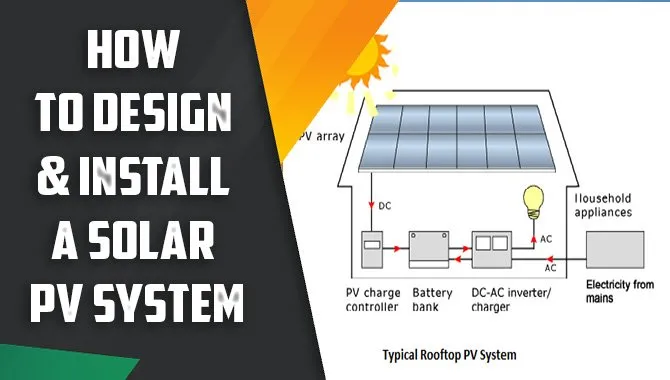
Contents
- 1 5 Easy Ways How To Design & Install A Solar PV System
- 1.1 1. Get Help From An Experienced Installer
- 1.2 2. Use Online Tools
- 1.3 3. Ask Around
- 1.4 4. Use Pre-Made Kits
- 1.5 5. Visit A Solar PV Installation Center
- 1.6 What To Keep In Mind While Designing And Installing A Solar PV System?
- 1.7 Things To Keep In Mind While Installing A Solar PV System
- 1.8 Requirements For Installing A Solar PV System
What Is A Solar PV System?
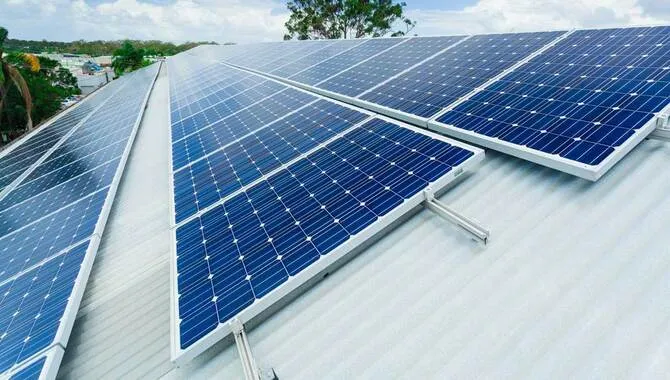
A solar PV system is a system that uses solar panels to generate electricity. Solar panels are made up of several solar cells connected to an inverter, which converts the renewable energy generated by the solar panel into electricity. The size and type of solar PV systems vary from small rooftop systems to large utility-scale installations.
In a small backyard system, solar panels can cover the entire rooftop of a house or business building. These systems can generate enough power for a household or small business to use in daily activities. In larger rooftop systems, you can install solar panels on the roofs of government buildings, churches, schools, and other structures to generate electricity for the same purpose.
5 Easy Ways How To Design & Install A Solar PV System
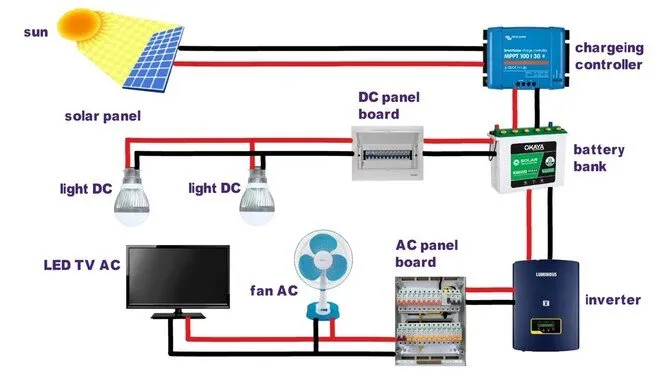
Getting a professional solar PV design from an experienced solar PV system designer is important if you’re looking to design and install a solar PV system. This will ensure that your system is optimal in size, performance, and cost.
Get the most out of your solar panels by using the latest software for engineering and designing your solar PV system. Designing and installing a solar PV system can be daunting, but it doesn’t have to be. There are 5 easy ways that you can make the process easier:
1. Get Help From An Experienced Installer
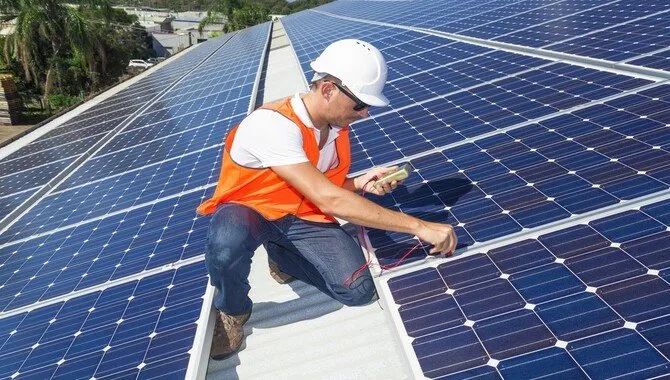
If you’re interested in installing a solar PV system, getting help from an experienced installer is important. They will help you choose the right system for your home and lay out the best way to install it. They’ll also be able to advise you on maximising your solar PV system’s energy output.
Plus, minimize its impact on your environment. They’ll answer any questions and guide you through the installation process step-by-step. So don’t hesitate – to call an installer today.
2. Use Online Tools
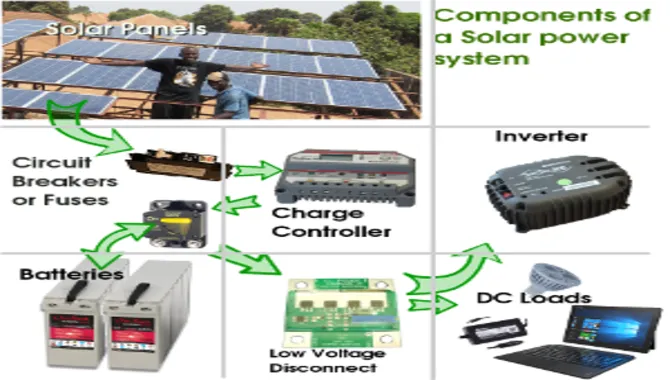
If you’re interested in installing a solar PV system, there are a few online tools that you can use to help you. One of the most popular is SolarReviews.com, which provides comprehensive information on different types of solar PV systems and how to choose the best one for your needs.
Another great resource is installersguru.com, which offers a wide range of information on everything related to solar PV installation, from selecting the right system to troubleshooting any issues that may arise.
Finally, if you want to learn more about the technology, check out websites like Renew Economy or The Verge. These websites offer in-depth coverage of all aspects of solar PV systems and how they work, as well as tips on how to save money on your installation.
3. Ask Around
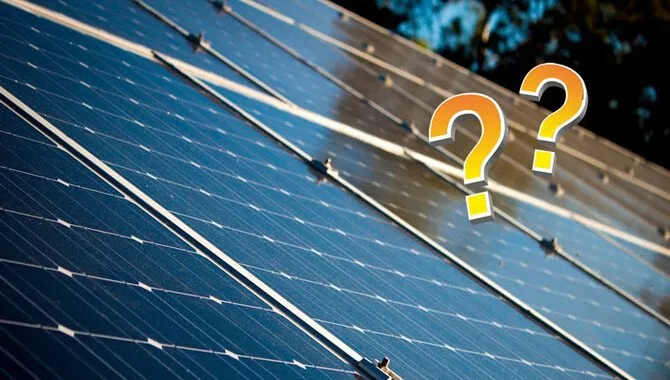
One of the best ways to find out about solar PV systems is to ask around. You can speak to your neighbours, friends, or family members and see if they have any experience with solar energy. You can also look online for resources that will help you research specific types of solar PV systems.
Once you’ve determined what kind of system you want, the next step is to estimate how much it’ll cost and find a contractor who will be able to install it for you. Ensure you get a written estimate before signing anything, as there may be additional fees down the line that you need to be aware of. Once everything is finalized, get ready to enjoy all the benefits of using clean and sustainable energy.
4. Use Pre-Made Kits
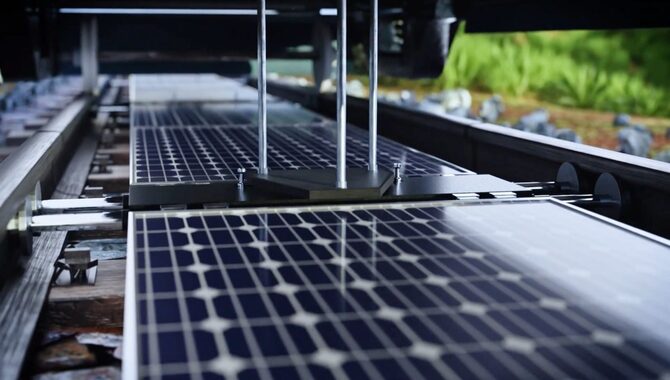
Many different types of pre-made solar PV kits are available on the market, so it’s important to find the one that’s right for you. One example is the SunPower kit. This kit contains all the materials you need to install a solar PV system yourself, including the panels, wiring, and inverters.
It’s a great option if you’re willing to do the work yourself or if you want to save money by installing your system rather than paying someone else to do it. Another common type of pre-made kit is the hybrid solar PV kit. This kit contains solar panels and batteries (to store power generated by the panels), making it a good option if you’re looking for a flexible solution.
You can use it as a standalone system or combine it with other energy sources (like wind turbines) to create an overall renewable energy system. Whichever pre-made kit is right for you will depend on your specific needs and preferences. Just read all the instructions carefully before starting the installation so everything goes smoothly.
5. Visit A Solar PV Installation Center
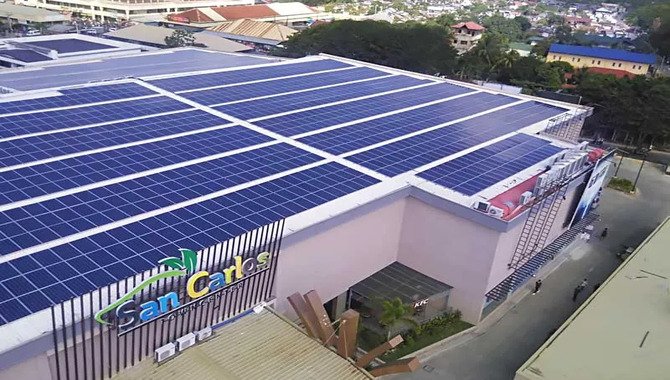
You will need to visit a solar PV installation centre to design and install a solar PV system properly. Here, the professionals will take all your measurements and advise you on installing your solar PV system. They will also help you choose the right type of solar PV system for your needs based on the location of your home and the amount of sunlight that hits it.
Once you’ve selected your system, they will install it using state-of-the-art technology. You’ll likely not have to do anything other than enjoy clean energy’s benefits.
What To Keep In Mind While Designing And Installing A Solar PV System?
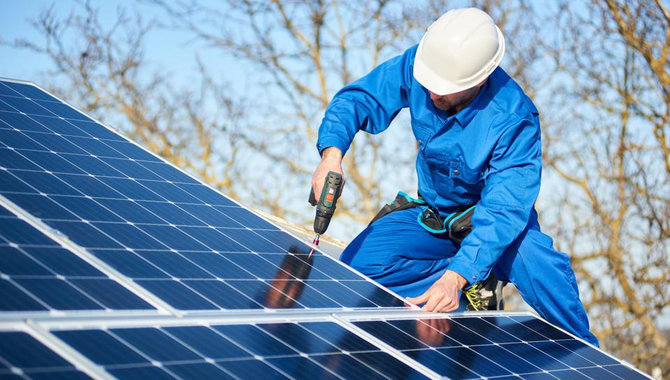
While designing and installing a solar power system, a few important factors must be considered. Firstly, ensure your solar PV system is properly sized for your property and needs. Different sizes of systems are available for different applications, ranging from small rooftop systems to large utility-scale installations.
Secondly, choose the type of solar PV system that best suits your needs and budget. This will depend on factors like the sun exposure on your roof, the size of your house, and the amount of electricity you want to generate.
If you need help determining what type of solar PV system is best for you, it’s worth consulting an expert or looking at widely-available guidelines or specifications. Plan and install the solar PV system in a systematic and organized manner. This ensures that everything does correctly and systematically.
It also ensures that any potential issues are addressed as they arise and potential problems are identified early on. Finally, monitor and maintain your solar PV system to ensure its long-term viability. This includes checking components for wear and tear and ensuring they are installed correctly and maintained properly. A professional installer can help with installing your solar PV system.
Things To Keep In Mind While Installing A Solar PV System
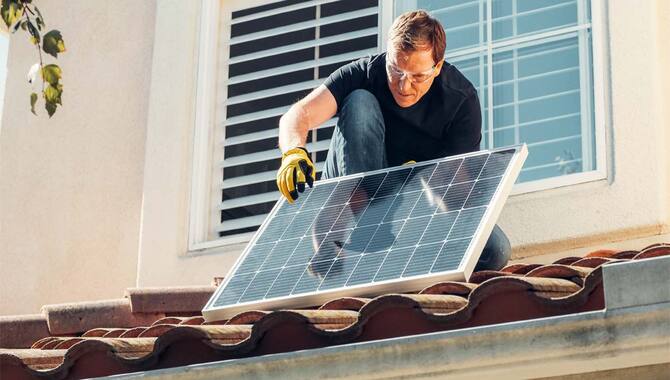
When you’re designing and installing a solar PV system, there are a few things that you need to keep in mind. First and foremost, make sure that the location of your solar PV system is optimal for both the installation and operation of the system.
Secondly, ensure you have enough space on your property to install the system. And finally, be aware of any restrictions or regulations that may apply to your area. Once you’ve designed and installed your solar PV system, it’s important to test it regularly to ensure its performance.
You can monitor the system’s output power in real time or by recording historical data. If there are any problems with the system, you’ll need to address them as soon as possible so that they don’t cause any damage or inconvenience to your home or business.
Requirements For Installing A Solar PV System
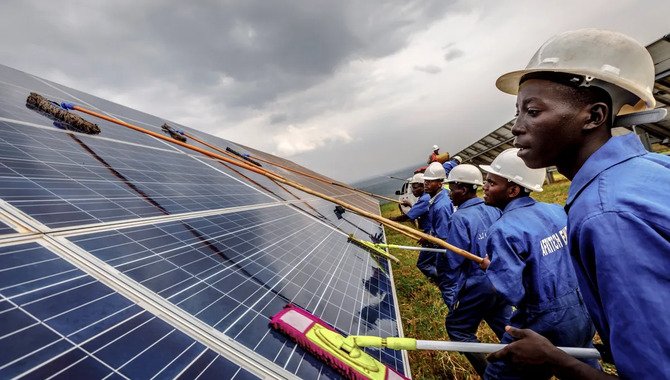
When designing and installing a solar PV system, it is important to consider the ambient room temperature. One of the main benefits of installing a solar PV system is the potential to save money on electricity bills. By generating your own electricity, you can reduce or even eliminate your reliance on utility companies, resulting in significant cost savings over time. Solar electricity is becoming an increasingly popular alternative to traditional power sources.
A 50A charge controller is a popular choice for medium-sized systems that can handle up to 1200 watts of solar panels. Designing and installing a solar PV system can be a great way to save on electricity costs.
Before designing or installing a solar PV system, you must consider a few requirements. These include determining the size of your system, understanding your energy needs, and figuring out how much power you’ll need. Once you have these figures, it’s time to start planning your installation.
This will involve scouting potential locations for your panels, calculating the necessary funding, and assessing environmental restrictions. Once everything is approved and ready to go, the hard work begins.
Conclusion
Designing & install a solar PV system is an important decision you should make carefully. Make sure to consult with an experienced professional to get the most accurate advice possible. Once you have decided on a system that meets your needs, contact an installer to help you put it together.
Overall, installing solar PV systems in your home is a good idea. Not only will it help you save money on your energy bills, but it can also help reduce the impact climate change has on the planet. It covers the basics of designing a system and then dives deeper into design elements such as layout design, shading design, and more.
It further explains the process of designing and installing a solar PV system, with tips on making it successful. We hope this guide will be on designing and installing a solar PV system helpful.
Frequently Asked Questions
1.How Do You Design A Solar PV System?
Ans: When designing a solar PV system, you’ll need to make sure to have the following components:
- Solar panels: These are energy-collecting devices.
- Controller: The controller manages the power output from the solar panels.
- Wiring: The wiring connects the solar panels to the controller.
- System enclosure: This is where you will install the solar PV system.
- Mounting: The mounting system attaches the solar PV system to the roof or wall.
2.How Much Will Installing A Solar PV System In Your Home Or Business Cost?
Ans: The cost of installing a solar PV system will vary depending on the size and type of system. The most popular types of solar PV systems are roof-mounted, ground-mounted, and large-scale ground-mounted systems.
Prices for these systems can start around $5,000 for a small rooftop installation and go up to $25,000 or more for larger systems. Therefore, consulting with a qualified installer is important to ensure that the system installs correctly and that you receive the best value for your money.
3.What Type Of Components Should I Use For My Solar PV System?
Ans: When selecting components for your solar PV system, you’ll need a few different types of elements. These include panels (which come in different shapes, sizes, and colours), wiring, and inverters.
To choose the best components for your system, it is important to consider the size of the system, the climate where you live, and your budget.
4.Do I Need Special Skills To Design And Install A Solar PV System?
Ans: No, you do not need any special skills to design and install a solar PV system. All you will need is access to a computer with drafting software and some construction experience. Additionally, you will need a good understanding of solar panels’ work and the relevant installation guidelines. Anyone with the right knowledge and tools can design and install a solar PV system.
5.Should I Consider Hiring Someone To Help Me Design And Install My Solar PV System?
Ans: Hiring a professional to design and install your solar PV system may be easier. This way, you can install the system correctly and resolve any potential issues promptly. Installing a solar PV system typically costs between $10,000 and $35,000, so ensuring you get the best value is important. When choosing a solar PV installer, there are several factors to consider.
Leave a Reply